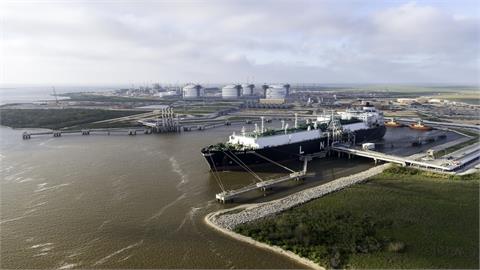OPEC left its forecast for 2023 global oil demand growth steady for a fourth month on Tuesday, though the producer group warned that the world economy faced rising uncertainty and slower growth in the second half of the year.
Global oil demand this year will rise by 2.35 million barrels per day (bpd), or 2.4%, the Organization of the Petroleum Exporting Countries (OPEC) said in its monthly report. This was virtually unchanged from the 2.33 million bpd forecast last month.
"There are rising uncertainties regarding economic growth in the second half of 2023 amid ongoing high inflation, already elevated key interest rates and tight labour markets," OPEC said in its report.
"Moreover, it is still unclear as to how and when the geopolitical conflict in Eastern Europe might be resolved," it added, referring to Ukraine.
OPEC+, which comprises OPEC, Russia and other allies, has been taking more steps to support the oil market in 2023. On June 4 the group announced its second package of output cuts since April and Saudi Arabia pledged a voluntary cut for July.
Crude prices, however, have remained under pressure from concern over slowing economic growth and demand.
The Brent crude benchmark added to an earlier gain after the report was released, rising 2.5% gain to trade above $73 a barrel.
Chinese oil demand is now expected to rise by 840,000 bpd, OPEC said, up from the 800,000 bpd forecast last month, adding to a recovery after strict COVID-19 containment measures were scrapped.
OPEC left its 2023 global economic growth forecast at 2.6% and said momentum was slowing. A graphic in the report showed that growth could slow to 0.1% quarter on quarter in the final three months of the year.
Potential upside factors, other than a drop in inflation, include an even stronger than previously expected economic rebound in China and the United States being able to maintain its first-half momentum, OPEC said.
LOWER OUTPUT
The report also showed OPEC's oil production fell in May, reflecting the impact of earlier output cuts pledged by OPEC+ as well as some unplanned outages.
The OPEC report said its May output fell by 464,000 bpd to 28.06 million bpd as voluntary cuts, promised by Saudi Arabia and other members, took effect.
Last year, with prices weakening, OPEC+ agreed to a 2 million bpd cut in its output target from November - its largest reduction since the COVID-19 pandemic in 2020.
On April 2 several OPEC+ members pledged voluntary cuts that added to the deal agreed last year.
OPEC kept its estimate of the oil demand needed to balance the market at 29.3 million bpd, pointing to a supply deficit if OPEC keeps pumping at May's rate and makes the further promised curbs.
(Reuters, June 13, 2023)



